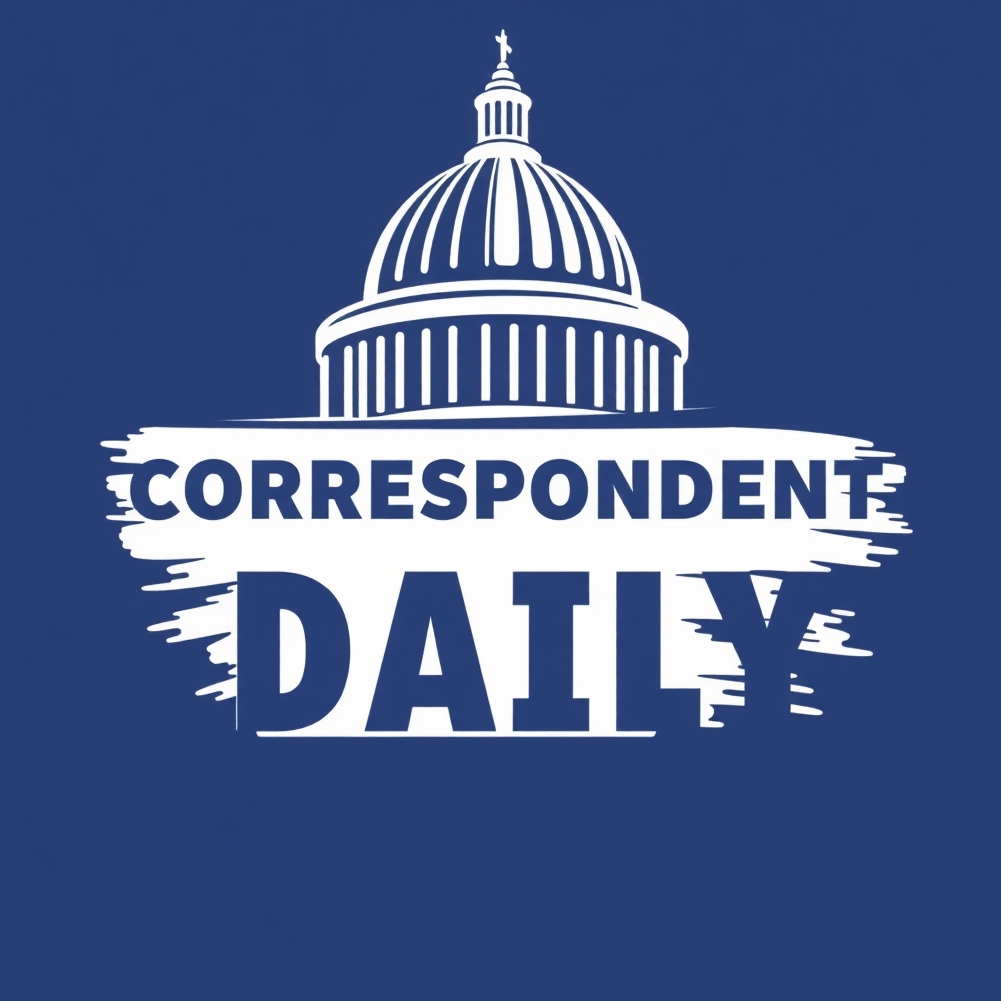
Understanding the Canyon Fire: A Growing Threat to Communities
The Canyon Fire, which ignited near Lake Piru in California on the afternoon of August 7, 2025, has rapidly escalated into a fierce blaze, covering over 4,800 acres with 0% containment. The Ventura County Fire Department reports that the fire erupted near Holser Canyon, forcing thousands of residents in both Ventura and Los Angeles counties to evacuate in response to the flames threatening power lines and nearby communities.
Firefighting Efforts: A Coordinated Response
Firefighting crews, comprising around 600 personnel from both Ventura and LA County, are working tirelessly, employing water-dropping aircraft and ground support to combat the flames that spread towards the Castaic area. The challenging conditions, with temperatures soaring between 90 and 100 degrees and humidity hovering between 15% and 20%, create a perfect storm for wildfires. The officials have issued evacuation orders across several zones, notably in the Lake Piru Recreation Area and other nearby areas.
Impact on Local Communities: Evacuations and Safety Measures
Evacuations have particularly struck the communities of Val Verde, Oak Canyon, and Hasley Ranch. As of now, five evacuation zones are under strict orders, with additional areas under warnings. Reports of how many residents are affected vary, but the urgency is clear as local authorities prioritize safety in the face of this dangerous wildfire.
Historical Context: Wildfires in California
This fire is part of a concerning trend in California, where increasing temperatures and drought conditions have made wildfires more frequent and intense. In recent years, numerous catastrophic fires have devastated communities, prompting discussions around climate change and the effectiveness of current forest management practices. Previous fires, such as the Thomas Fire in 2017, taught us valuable lessons about preparedness and mitigation strategies that authorities are working to apply now.
Future Predictions: What Lies Ahead?
As climate change continues to influence weather patterns, experts predict that wildfires like the Canyon Fire will become more common. Communities must adapt by investing in fire-resistant landscaping, improved infrastructure, and emergency preparedness plans. With the growing threat of wildfires looming, significant changes in policy and community engagement are crucial to protecting lives and properties from future disasters.
Importance of Community Awareness and Engagement
For residents in and around the fire-affected areas, staying informed and engaged with local authorities is vital. With the digital age providing instant access to information, utilizing resources such as Cal Fire's websites and local incident maps is essential for understanding the evolving situation and ensuring personal safety. Communicating effectively during emergencies can save lives and minimize confusion.
Final Thoughts: The Need for Preparedness
As the Canyon Fire continues to pose a threat, the importance of community preparedness cannot be overstated. Residents are urged to heed evacuation orders and take proactive steps in safeguarding their personal safety and the well-being of their families. With wildfires on the rise, prioritizing awareness and adaptability will be key for Californians facing increasingly unpredictable wildfire seasons.
Call to Action: For those living in vulnerable areas, now is the time to develop and refine your emergency plans, ensure you have supplies ready, and stay informed through local news outlets and official resources.
 Add Row
Add Row  Add
Add 




Write A Comment